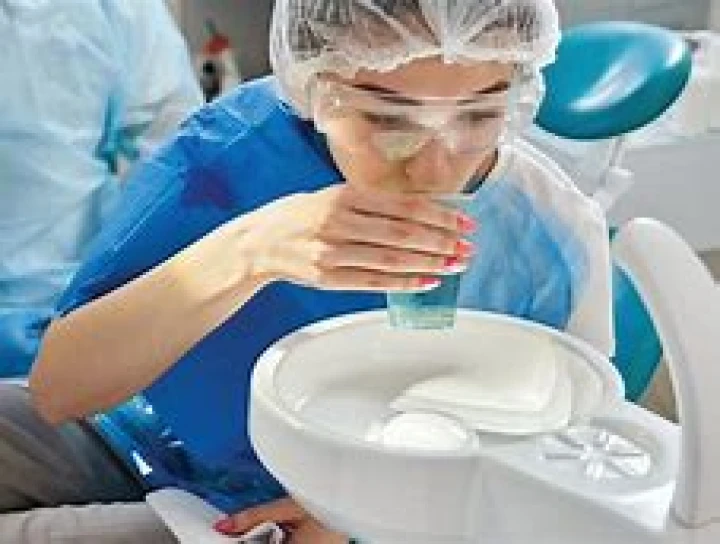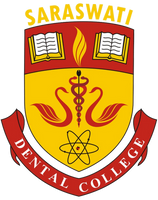
How much do you think doing anything for 1 minute can help you? Dental procedures, such as ultrasonic scaling, dental drilling and even using an air/water syringe, create microbe filled aerosols which can travel a significant distance. By taking 1 minute you can ensure a safer work environment for both you and your patient.
What is Pre-Procedural Mouth Rinsing?
Pre-procedural mouth rinsing refers to the practice of having patients rinse their mouths with an antimicrobial solution prior to undergoing dental procedures. Common solutions include chlorhexidine gluconate, povidone-iodine, cetylpyridinium chloride (CPC), hydrogen peroxide, and essential oil-based rinses. The goal is to reduce the number of microorganisms in saliva and aerosols generated during procedures like scaling, polishing, or restorative work.
Why is it Necessary?
The oral cavity harbors over 700 species of bacteria, along with viruses and fungi. During dental procedures, especially those involving high-speed instruments, saliva and blood can aerosolize, increasing the risk of cross-infection. These aerosols can remain suspended in the air for extended periods, potentially spreading pathogens to dental professionals, other patients, and surfaces.
COVID-19 significantly increased awareness of this risk. The SARS-CoV-2 virus has been detected in saliva, prompting a reevaluation of infection control protocols. Research has shown that pre-procedural rinsing can significantly reduce viral and bacterial counts in aerosols, lowering the risk of transmission.
How Do Mouth Rinses Work?
The efficacy of mouth rinses depends on their active ingredients:
- Chlorhexidine Gluconate (0.12%–0.2%): A broad-spectrum antimicrobial that disrupts bacterial cell membranes, leading to cell death. It has a long-lasting effect (substantivity) but limited activity against viruses.
- Povidone-Iodine (0.5%–1%): Effective against bacteria, viruses, and fungi. It works by releasing free iodine, which penetrates and destroys microbial cell walls.
- Hydrogen Peroxide (1%–1.5%): Primarily used for its virucidal properties. It acts by releasing reactive oxygen species, damaging viral capsids and genetic material.
- Cetylpyridinium Chloride (CPC): A quaternary ammonium compound that disrupts microbial cell membranes, with modest antiviral activity.
Each of these agents has different levels of efficacy, and the choice often depends on the procedure, patient history, and potential viral load concerns.
Clinical Evidence Supporting the Practice
Numerous studies support the efficacy of pre-procedural rinsing. For example, a study published in the Journal of the American Dental Association (JADA) found that chlorhexidine and essential oil rinses reduced bacterial load by up to 70%. During the COVID-19 pandemic, in vitro studies showed that povidone-iodine and hydrogen peroxide were effective in significantly reducing SARS-CoV-2 viral counts in saliva.
Pre-procedural mouth rinsing is a low-cost, easy-to-implement measure with a strong scientific basis. By significantly reducing the microbial load in aerosols and droplets, it enhances safety for both patients and dental professionals. As infection control remains a top priority in modern dentistry, this simple step is proving to be a powerful ally in maintaining a hygienic clinical environment.


No Any Replies to ““To Swish Or Not To Swish : The Science Behind Pre-Procedural Mouth Rinsing"”
Leave a Reply